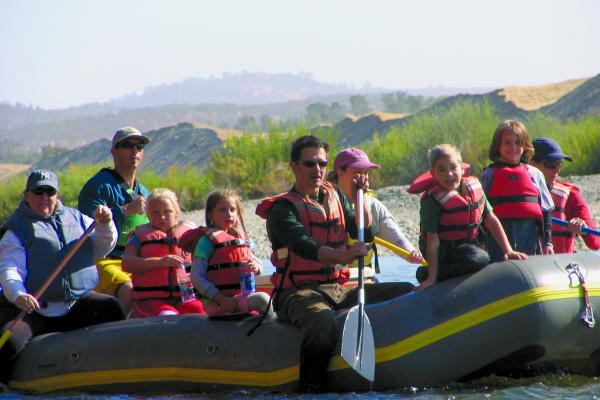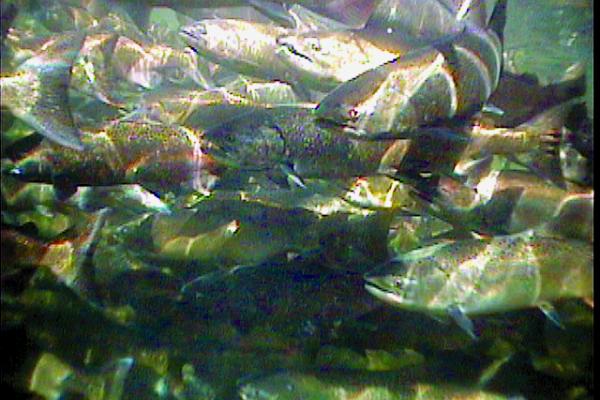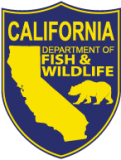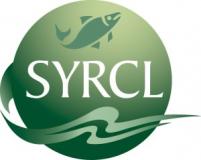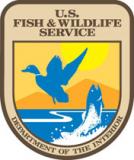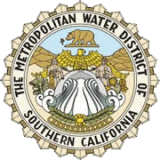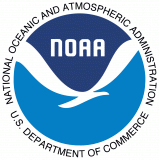
3rd Annual Spring-run Chinook Symposium
Salmonid Restoration Federation (SRF) and South Yuba River Citizens League (SYRCL) hosted the 3rd Annual Spring-run Salmon Symposium in Nevada City on July 10, 2008. The symposium was followed by field tours on Friday and Saturday, July 11-12 to provide first-hand investigations of important restoration projects and opportunities concerning the recovery of the California’s Spring-run Chinook salmon populations.
SRF and SYRCL coordinated with salmon recovery scientists and those who were active in the former Spring-run workgroup to produce this dynamic event. The purpose of the symposium was to promote knowledge and advance strategies that most effectively protect and restore threatened springrun Chinook populations of California.
The format included presentations, panel discussions, and workshops to address the historic range and life history diversity of Spring-run Chinook Salmon, status of Spring-run Chinook populations in California, current and potential actions for recovery, salmon and water resources of the Sierra- Nevada, and evaluating options for providing new habitat and for improving freshwater survival.
Presentations included an overview of the ecology and biology of Spring-run Chinook, Spring-run recovery efforts in the Central Valley, Klamath Basin, and Sierra tributaries, as well as presentations on the affects of climate change and habitat restoration techniques. Concurrent breakout sessions focused on recovery through habitat enhancement and protection, prioritizing habitat restoration needs, and addressing issues of water quality, water diversions, and incidental take.
Field tours highlighted habitat enhancement, water conservation, and restoration opportunities afforded through the FERC relicensing process. A Yuba River Float trip from Parks Bar to Daguerre Point Dam will investigate remnant channel complexity and rearing habitat. The tour provided uniquely rich perspectives on the riverine impacts of past dredger mining, and opportunities for habitat restoration, as well as the fishery impacts of Daguerre Pt Dam and associated diversions.
Another tour visited the Bear-Feather Floodplain Set-back Project by way of the Lower Yuba to provide historical and geomorphological view of the limited floodplain habitat of the lower Yuba River. The main stop was at the site of the largest floodplain setback project in California that incorporated salmon recovery objectives into the design concept. Workshop-style discussions of floodplain restoration for salmonid habitat were grounded in the lessons learned in construction of this site. Participants also learned about restoration opportunities through the FERC relicensing process when visiting projects up for relicensing on the South Yuba River.
Participants visited Butte Creek in the Northern Central Valley that contains the best remainirature/trout relationships.
This hands-on educational event fostered cooperation and was conducive to creating longterm solutions to balancing human water supply needs with instream flows required for salmonid recovery.

